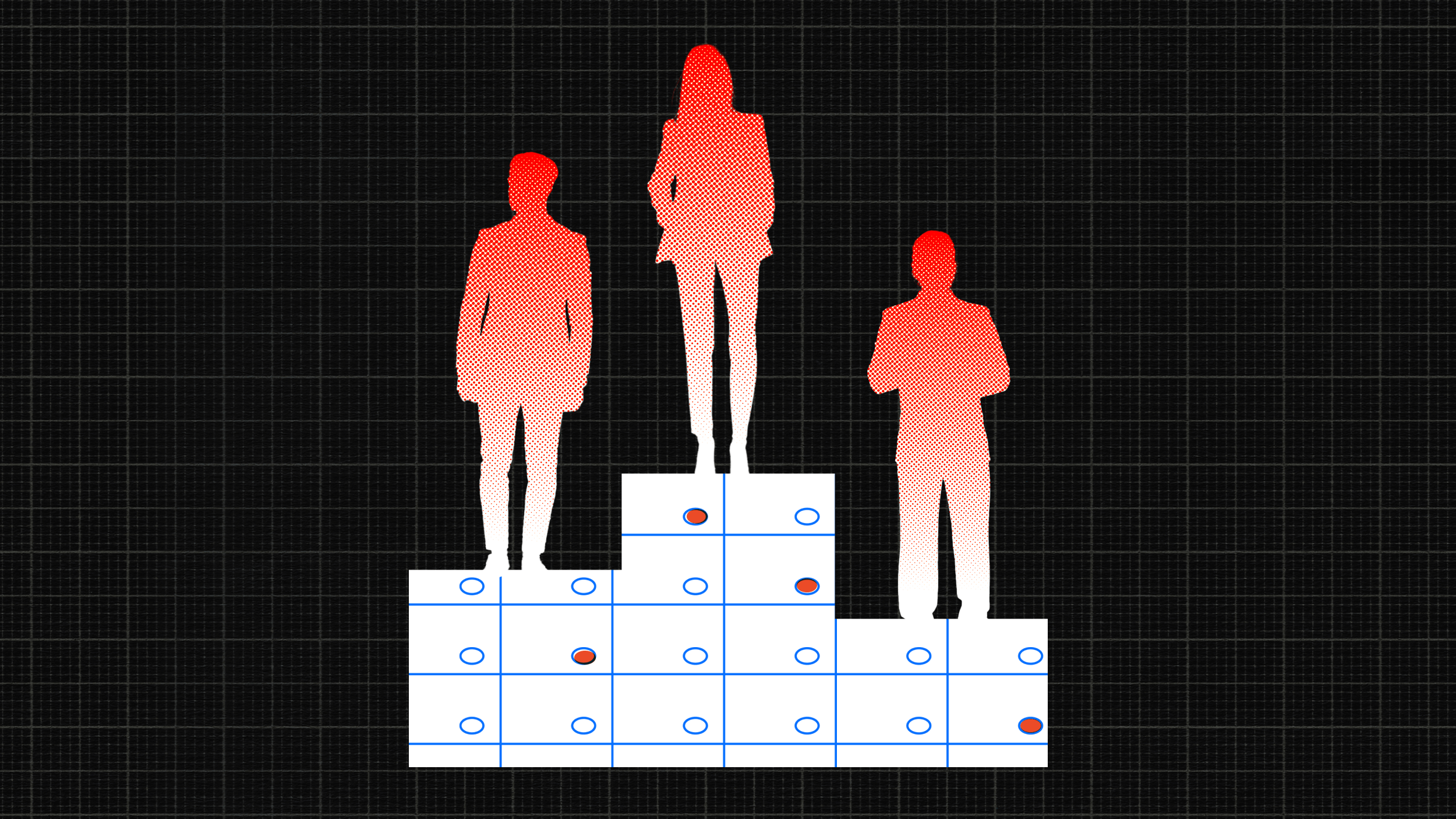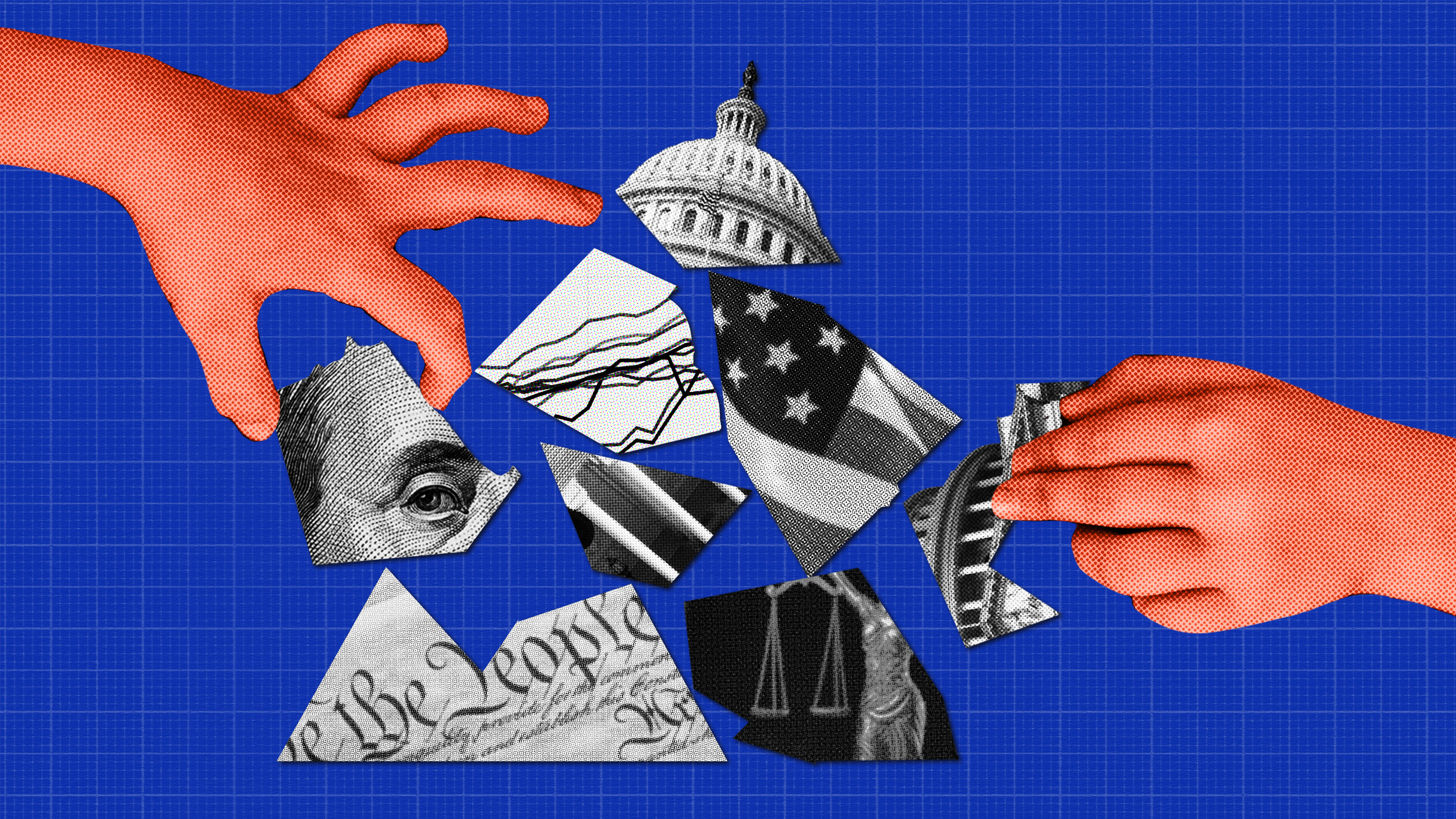Voting unRighted
What is that classic phrase? The one we use to describe a system that is seemingly moving forward, but always ends up moving backwards? Is it “one step forward, two steps back”? Sometimes it seems like the US is stuck in reverse. Every once in awhile, we take a step towards equality, a step towards what our country is supposed to value. But no matter how many steps forward we take, somehow we find a way to digress, roll back the gains, and undo freedom and equality.
In 1965, as part of the Civil Rights legislation, the Voting Rights Act was passed. This guaranteed equality in the voting system for people of all races, ethnicities and economic classes. It, in effect, made the US the center of freedom and equality that it had been claiming to be up to this point. It was the first step in writing voting equality into law. This act allowed for fair voting, and safe voting locations, especially in states that were prone to racism, and had a history of requiring literacy tests to prevent certain ethnicities from voting at the polls.
Under this act, black voter turnout went from 6.4% in 1965, to 76% today in Mississippi. It seems like the equality of opportunity, racial equality, and the equality at the polls were emerging as the norm in our society. But, for every one step forward, there are two steps back.
On June 25, 2013, the Supreme Court revoked, and effectively struck down section 4 of the Voting Rights Act. Section 4 targeted states that had a history of racist voting legislation that prevented people of certain races or ethnicities from voting. Federal intervention on these laws was allowed, so that the voting process could become more equal. The federal government was also allowed, under section 4, to send in representatives to these states to aid in the equality of the voting process.
The Supreme Court struck down the decision because they believed that they needed modern criteria for the states affected. Section 4 stipulated a certain criteria for the states, in 1965 that would define whether they fell under the umbrella of section 4. The argument made, was that these states no longer meet the particular criteria, so we should trust them not to act in ways that restrict voting, especially among poor and minorities. This came two weeks after the Supreme Court ruled that Arizona’s law requiring proof of citizenship to vote was unconstitutional. Why exactly should we trust these states not to disenfranchise large segments of the population?
The decision seems slightly counter-intuitive. For example, if there is a high instance of fires, we create more fire departments to manage these fires. Then, when we see fires go down, we think, “hey, we don’t actually need firefighters anymore.” So, we let them all go. Then the town burn downs.
This is the same basic idea. The reason we see more equality in voter turnout, and the reason that these states no longer fit the criteria under Section 4, is that they have been subjected to the restrictions under it. With the repeal, there will be a regression in the voting rights. For example, Texas has already stated that they are going to require voter ID at the polls. People less likely to have proper IDs are poor people, seniors, minorities, the disabled and students. Requiring IDs clearly has a differential impact and introduces inequality once again into the voting process.
What really is terrifying here though, is that this seems to be the solidification of the aristocracy. All branches of government are now catering to the 1%. With section 4 repealed, this gives the 1% more of an opportunity buy their government officials and dictate policy by repressing the vote and undermining democracy. It also gives conservative republicans an opportunity to muscle democrats out of the polls by disenfranchising poor and minority voters.
When the United States no longer guarantees freedom or equality it becomes a very scary place.





